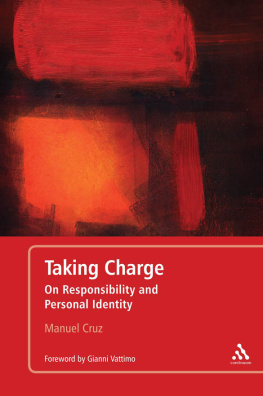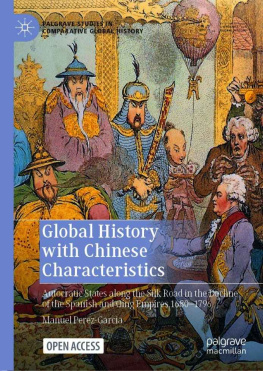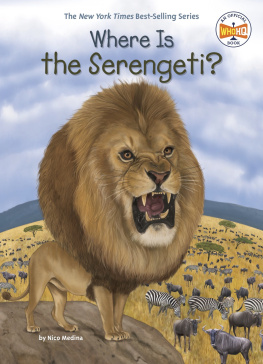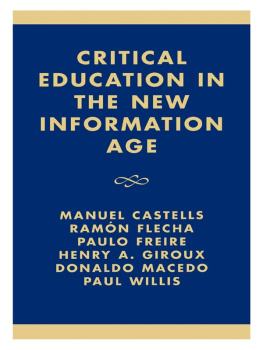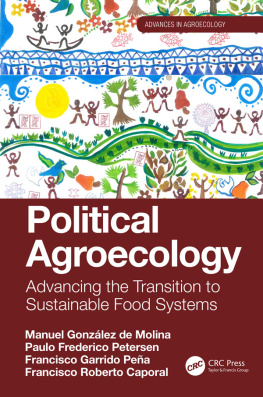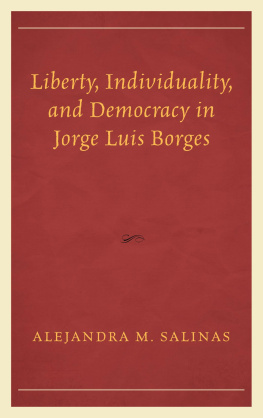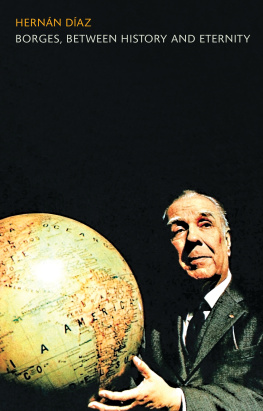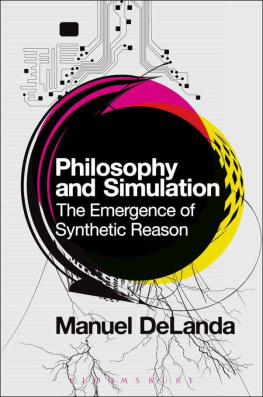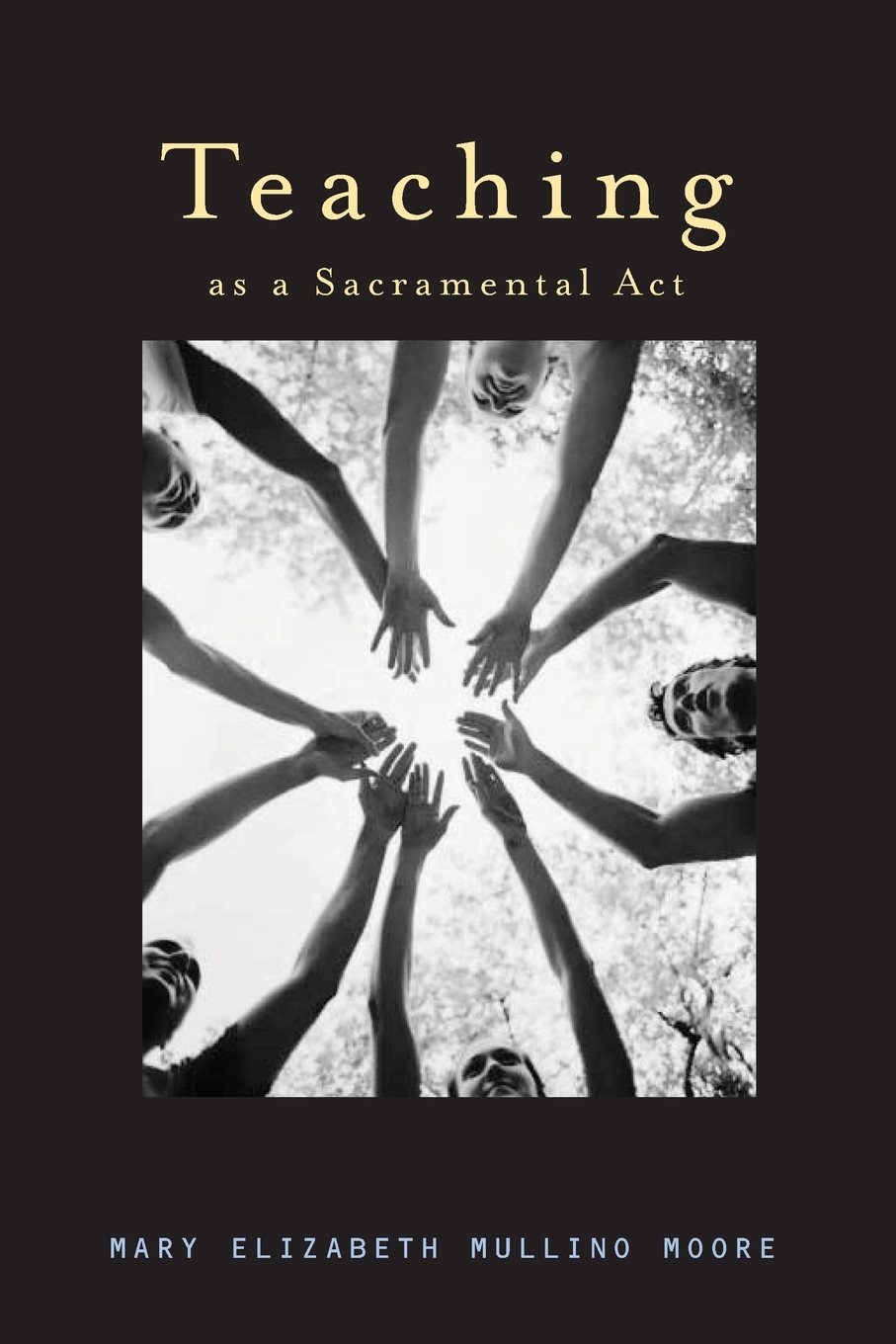Teaching
as a Sacramental Act
Teaching
as a Sacramental Act

MARY ELIZABETH MULLINO MOORE

To Mama, Mother, MaMereElizabeth Heaton Mullinothe matriarch who tended us, prayed for us daily, and lived her life fully. She was strong, vulnerable, and loving beyond measure.
This book is also dedicated to the churches that have loved, nurtured, and sobered me into seeing myself and others as precious children of Godentrusted with care for Gods vineyard, stirred by glimpses of Gods New Creation, and blessed by grace without end.
The Pilgrim Press, 700 Prospect Avenue
Cleveland, Ohio 44115-1100, U.S.A.
thepilgrimpress.com
2004 by Mary Elizabeth Mullino Moore
All rights reserved. Published 2004
Printed in the United States of America on acid-free paper
This book has been reproduced as a digital reprint.
Library of Congress Cataloging-in-Publication Data
Moore, Mary Elizabeth, 1945
Teaching as a sacramental act / Mary Elizabeth Mullino Moore.
p. cm.
Includes bibliographical references (p. ).
ISBN 978-0-8298-1647-1 (alk. paper)
1. Christian education Philosophy. I. Title.
BV1464.M67 2004
268.01 dc22
2004058749
Contents

Preface

I have written this book during one of the most difficult and powerful decades of my life. During the past six years, I have moved across the country, leaving a treasured institution where I studied and taught for twenty-five years, and entering another valued institution where I was a stranger, but came to make my home. In the past four years, my home country has been attacked by terrorist actions (the Oklahoma City bombing, 9/11 attacks, and street violence across the nation); it has also perpetrated terror on others and is now torn in a debate among diverse values and worldviews. During the past two years, our son-in-law was killed in a tragic accident, which brought out the best in our family and, eventually, frayed our edges. During the past three months, I nursed my mother and sat with her while she died, intensifying my love of life and helping to restitch the edges of our family and the center of my soul. I share these experiences to confess the contextual particularity of my life as author of this book and, more importantly, to identify the book as a work arising from the raw tragedy, hard work, and joyful beauty of life.
One particular experience of the past illumines the center of the work. A few years ago, I was invited to respond to an interreligious panelJewish, Christian, and Muslim. Earlier in that day, a colleague and I drove a round trip of five hours to visit a mutual friend who was near death. We had both visited her before, but this visit was to be different. In a journey of many years, this woman and her husband had lived courageously with her lung disease, and finally with a lung transplant. Her body had initially accepted the new lung but had now clearly rejected it; she and we realized that her life was near an end. Walking into her room that day, all of us laughed and cried and prayed. We held her hand, and then left with words of love and a thumbs up sign.
As my colleague and I rushed back to the interfaith panel, I knew that responding would be difficult in my emotionally exhausted state. Complicating matters, I had no advance manuscripts, but was to listen intently and respond on my feet. The panelists had prepared well, but I kept asking myself what such a discourse had to do with my friends dying moments. I began my response with that question and the story of my dying friend. I concluded that what finally binds people across religious communities is not common beliefs, or even respect for diverse beliefs, but a shared reverence for life. Such reverence is experienced in holy moments, like the journey with my dying friend, and it is expressed in commitments to treasure and sustain life in all its forms. This moment of awareness was to open a new dimension of sacramentality for meone that I interpret through Christian faith, one that I share with people of other traditions. As if to underscore this insight, a friend came to me after the panel discussion that day. She cried as she described how my words had helped her see something holy in her husbands death that she had missed before. This friend is Muslim, but she and I shared, in that moment, a sense of awe that transcended our diverse and equally deep religious commitments. We knew the presence of sacrality, and that was enough!
Sacrality is the center of this book. I approach it as a Christian theologian and educator, recognizing that the sacred transcends human words and actions, even transcending well-developed religious traditions. At the same time, those very words and actions are sometimes all we have to name and reflect upon what is awe-full. Thus, I enter this project with humility and daring, hoping to touch and vivify the sacred, while offering guidance for spiritual life and sacred teaching.
History of the Project
I cannot say when this project began, probably when my mother and father cared for me as an infant. Since then, many church and friendship communities have nourished the project, as have academic colleagues. The project has been further nourished by ethogenic studies, which have uncovered the power of congregations to reveal sacred realities, as well as their yearnings to seek God and Gods ways for their common life.
The project is also rooted in my study of Christian spirituality, particularly in the study of women mystics such as Julian of Norwich, whose lives were grounded in a sense of spiritual aliveness in each moment and each being. In the tradition of these mystics, my project is further shaped by countless experiences of wonderwonder at daffodils springing from the ground at the close of winter; wonder at pin oak trees growing on sheer ledges of granite in the Sierra Nevada mountains; wonder at the salmons return to spawning grounds against powerful river currents; wonder at my childrens first steps; wonder at precious, hard-earned relationships with my stepchildren; wonder at the tender, strong love between my husband and me; wonder at the tender, strong love between gay and lesbian couples whose families have rejected them; wonder at the determined love of people who lead justice movements; and wonder at the fragile fear and deep determination of peoples who rebuild their worlds after suffering untold oppressionrebuilding a family after violence or rebuilding a nation after apartheid.
In a similar way, this book is rooted in years of work for environmental justice and stewardship, brought to expression in Ministering with the Earth and other publications, as well as in communal work with students, faculty, and staff at two institutions of higher educationClaremont School of Theology in California and Emory University in Georgia. Teaching as a Sacramental Act builds on the reverence for creation expressed in these works; here, however, the sacred is named as sacramental, uncovering dimensions of spirituality and teaching that have been hitherto neglected or minimized.




